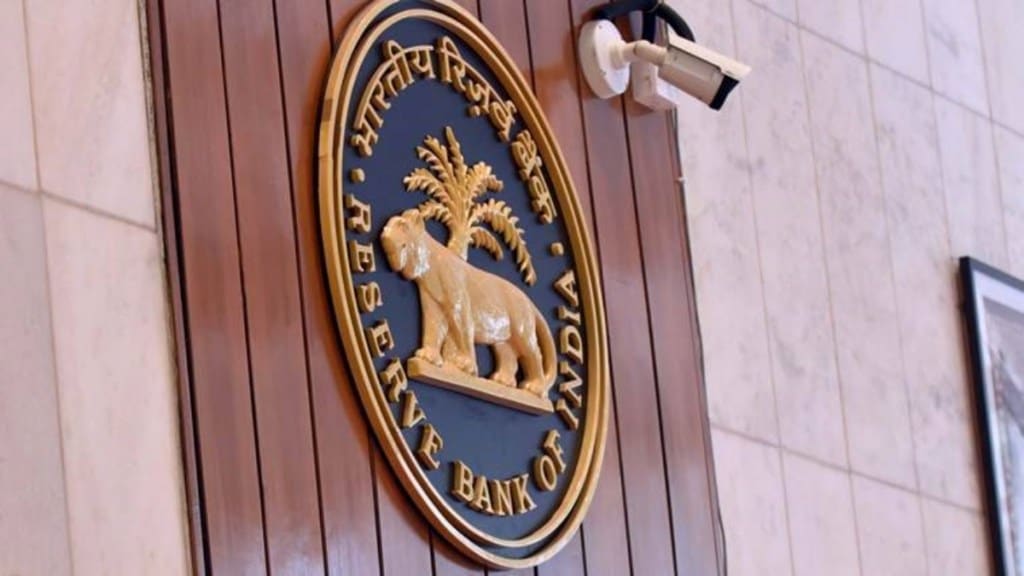By NR Bhusnurmath
With a view to provide further impetus to resolution of stressed assets in the system as well as to rationalise and harmonise the instructions across all Regulated Entities (essentially banks) as announced in the Reserve Bank of India’s (RBI) Statement on Developmental and Regulatory Policies released on June 8, 2023, along with the Monetary Policy Statement, it has been decided to issue a comprehensive regulatory framework governing compromise settlements and technical write-offs covering all the REs.”
There could be few comments on the fate of the repeated attempts by both the RBI and the government to tackle the vexed problem of stressed assets, better known as non-performing assets or NPAs in the Indian context, that could be more damning. Starting with the Debt Recovery Tribunals, followed by Sarfaesi and, more recently, the Insolvency and Bankruptcy Code or the IBC, speedy and efficient resolution of NPAs is an issue that has remained without a solution.
And now, in a move that suggests we have come full circle, the RBI has ‘allowed’ banks to go for compromise settlement. Mind you, the RBI has already “issued various instructions to REs regarding compromise settlements in respect of stressed accounts from time to time”, recognising “compromise settlements as a valid resolution plan.”
So why has the RBI felt the need to reiterate what it had already stated four years ago (June, 2019)? Simply because its apparent willingness not to look with askance at ‘compromise settlements’ has failed to get a buy-in from banks. Why is that?
For answers, look no further than the latest circular of June 8, 2023. “All REs (regulated entities)”, the circular states, “will be required to put in place board-approved policies for undertaking compromise settlements, with the borrowers as well as for technical write-offs laying down the process to be followed for all compromise settlements and technical write-offs, with specific guidance on the necessary conditions precedent.”
“Conditions would include minimum ageing, deterioration in collateral value, etc. The policies would also put in place ‘a graded framework’ for the examination of staff accountability in such cases with reasonable thresholds and timelines as may be decided by the board.”
“In respect of compromise settlements, the policy shall inter alia contain provisions relating to permissible sacrifice for various categories of exposures while arriving at the settlement amount, after prudently reckoning the current realisable value of security/collateral, where available. The methodology for arriving at the realisable value of the security shall also form part of the policy. The objective shall be to maximise the possible recovery from a distressed borrower at minimum expense, in the best interest of the RE.”
Wait a minute! Isn’t this what bank boards are expected to do in any case?
Where is the need for the RBI to spell out that “REs may undertake compromise settlements or technical write-offs in respect of accounts categorised as wilful defaulters or fraud without prejudice to the criminal proceeding underway against such debtors?” Or to stipulate that “The compromise settlements and technical write-offs would be without prejudice to any mutually agreed contractual provisions between the RE and the borrower relating to future contingent realisations or recovery by the RE, subject to such claims not being recognised in any manner on the balance sheet of REs at the time of the settlement or subsequently till actual realisation of such receivables?” This is routine banking practice.
It has also specified, “In respect of borrowers subject to compromise settlements, there would be a cooling period as determined by the respective board-approved policies before the REs can assume fresh exposures to such borrowers.”
Consider this—what do terms like “prudently reckoning the realisable value of security/collateral” mean? What may be prudent at one point of time may be highly imprudent at another. Similarly, “realisable value of security” is a highly ambiguous term. The ‘realisable’ value of a security is a function of a host of things, as anyone who held the shares of the Adani group in the days immediately after the Hindenburg expose would readily acknowledge.
Again, the injunction that the objective should be to “maximise the possible recovery from a distressed borrower at minimum expense.” Who is to sit in judgement on what is the “maximum possible recovery”? Presumably, the bank board. Ah! But will the RBI inspector who comes around a year later when—to go back to the Adani example—the brouhaha over the Hindenburg report has died down, be satisfied that it was the “maximum possible”? Or that it was obtained at “minimum expense”?
You bet your life she won’t! And thereby hangs the tale of why compromise settlements won’t work in the Indian context. And will not till the RBI accepts that it is the banks and their boards that have the most at stake in the matter of recovering distressed assets, and that will happen only when bank board appointments (over which the RBI has the final say) are based on competence and merit, not political or other considerations.
The author is Adjunct professor, Institute of Management Technology, Ghaziabad

